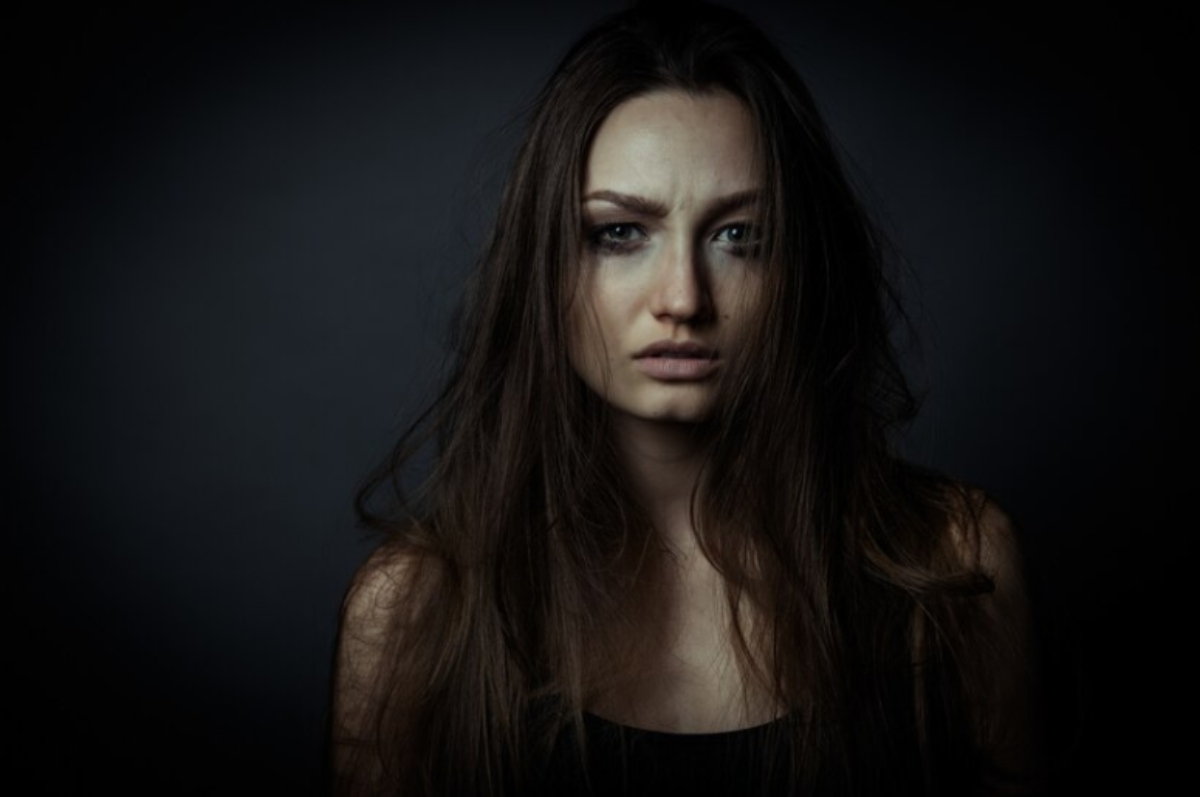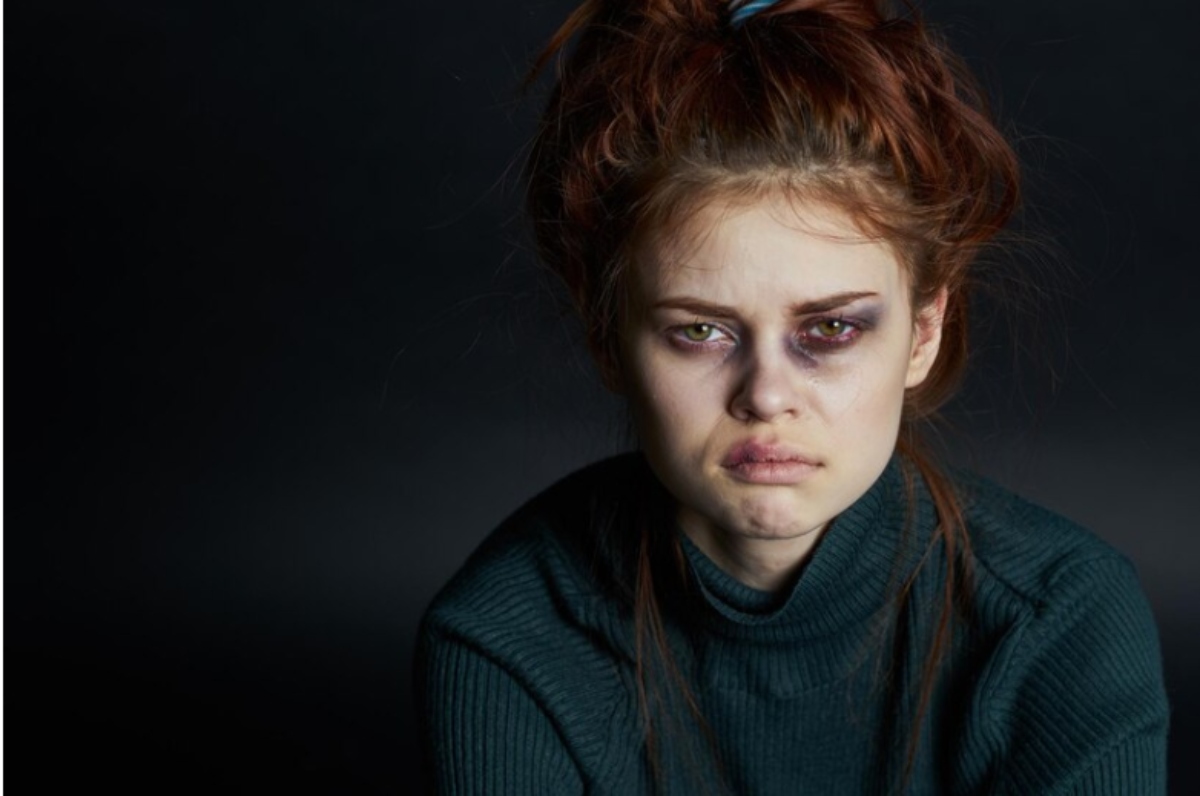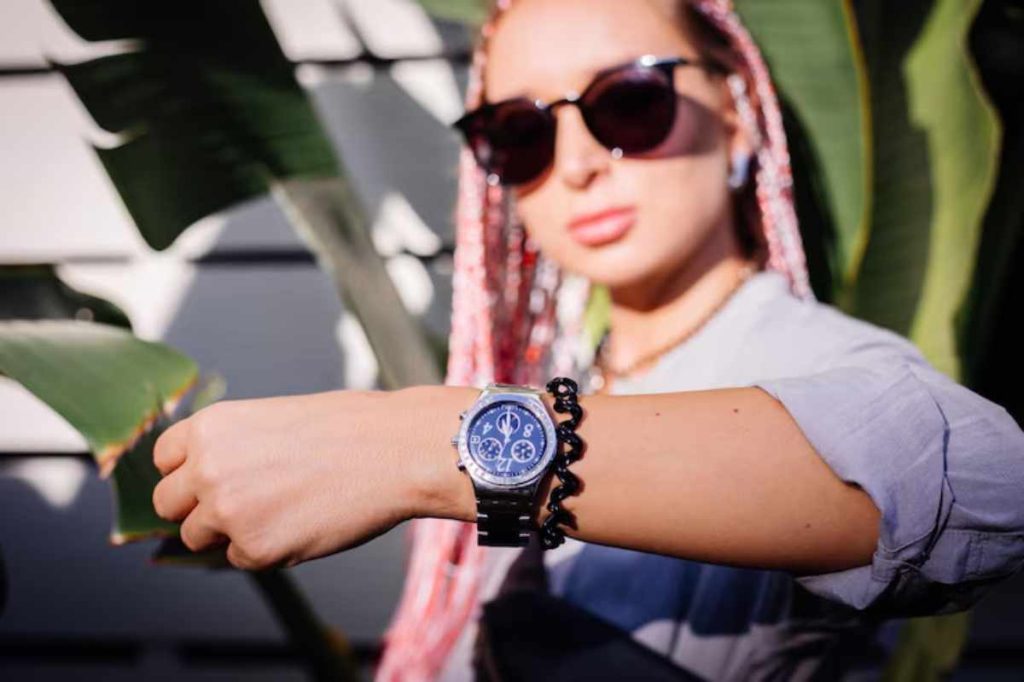In recent years, the art and fashion industries have seen a surge in interest surrounding unconventional, avant-garde aesthetics. One of the most captivating and controversial of these trends is Sadistic Beauty, a dark, bold, and rebellious movement that is rapidly gaining popularity.
Rooted in exploring pain, power, and raw emotion, Sadistic Beauty transforms traditional ideas of beauty and pushes the boundaries of what is considered “acceptable” in fashion, art, and personal expression. This movement challenges the delicate and often superficial representations of beauty, offering a darker, more intense, and sometimes unsettling perspective.

What is Sadistic Beauty?
Sadistic Beauty can be understood as an aesthetic that explores the juxtaposition of pain and pleasure, dominance and submission, and beauty within the context of darkness and intensity. While beauty has traditionally been defined by softness, grace, and harmony, Sadistic Beauty embraces an often unsettling rawness, celebrating the darker side of human nature.
It incorporates elements such as gothic fashion, bold makeup, bondage-inspired clothing, and dramatic expressions that challenge societal expectations of what is beautiful.
In essence, Sadistic Beauty seeks to redefine traditional beauty standards by celebrating the extremes—pushing past superficial norms and embracing the complexity and chaos beneath the surface.
It revels in contradictions, blending strength with vulnerability and pain with pleasure to create a visually and emotionally powerful experience.
The Origins of Sadistic Beauty
The rise of Sadistic Beauty can be traced to the broader subcultures of goth, punk, and BDSM, which have historically explored themes of rebellion, defiance, and power dynamics. These movements, in part, helped pave the way for the darker, edgier aesthetics that characterize Sadistic Beauty today.
Gothic fashion, emphasizing dark clothing, makeup, and a fascination with the macabre, laid the foundation for many visual elements in Sadistic Beauty. Meanwhile, BDSM culture, with its exploration of dominance and submission, introduced concepts of control, restraint, and pain as integral parts of human sexuality and self-expression.
Over time, these influences have merged into a cohesive aesthetic, forming the modern-day Sadistic Beauty movement.
Sadistic Beauty in Fashion
Sadistic Beauty has significantly impacted the fashion world, where designers, stylists, and models are increasingly embracing the darker side of style. In fashion, this trend is characterized by striking contrasts: harsh, industrial materials such as leather, latex, and metal paired with delicate lace and intricate details. Bold silhouettes, tight-fitting garments, and avant-garde accessories reflect the themes of power, control, and rebellion central to the aesthetic.
High-fashion brands like Alexander McQueen, Rick Owens, and Ann Demeulemeester have all embraced elements of Sadistic Beauty in their collections. The use of dark, dramatic makeup, sharp, structured lines, and the incorporation of themes like bondage, armor, and restraint have become synonymous with this aesthetic. Models often wear heavy eyeliner, dark lipstick, and striking facial expressions that add to the overall intensity of the look.
In addition, Sadistic Beauty has also influenced street style, with fans of the trend incorporating elements such as chokers, spiked jewelry, oversized coats, and platform boots into their everyday wardrobes. This fusion of high fashion and subcultural influences has allowed Sadistic Beauty to transcend the runway and become a mainstream fashion statement.
The Role of Sadistic Beauty in Art
Just as Sadistic Beauty has influenced the fashion world, it has also profoundly impacted the art scene. Artists exploring themes of pain, suffering, power, and transformation often draw inspiration from Sadistic Beauty. The genre’s focus on emotional intensity and stark contrasts can be seen in everything from photography to sculpture to visual installations.
Many contemporary artists, particularly in visual art, use their work to explore the complexities of human nature, examining both the physical and psychological aspects of pain, power, and vulnerability. In this sense, Sadistic Beauty in art offers a commentary on life’s darker, more complex side, embracing the idea that beauty does not always have to be soft, elegant, or delicate. It can, instead, be raw, bold, and visceral.
Famous photographers like Helmut Newton and David LaChapelle have explored the boundaries of beauty and darkness in their iconic works, often portraying subjects in positions of power or restraint. These visual narratives challenge traditional norms and invite viewers to confront their perceptions of beauty, dominance, and submission. Through this lens, Sadistic Beauty in art explores the human condition, offering a unique and thought-provoking perspective.
Beauty, Power, and Control: Key Themes in Sadistic Beauty
At the core of Sadistic Beauty are themes of power and control. The aesthetic is often defined by its exploration of dominance, submission, and the emotional and physical experiences of these power dynamics. Elements like bondage-inspired accessories, leather garments, and high-contrast makeup suggest a kind of fierce control and self-possession that is central to the Sadistic Beauty ethos.
In addition, Sadistic Beauty explores the relationship between pain and beauty. The aesthetic often reflects the idea that beauty can be found in vulnerability, pain, and struggle, celebrating the strength and resilience of enduring hardship. This theme has resonated with many who see beauty in the rawness and intensity of human emotion and experience.
The dominance of power dynamics is not about glorifying suffering but rather about embracing the complexity of human relationships and the many layers of experience that contribute to one’s identity. Sadistic Beauty is a celebration of strength and resilience and an exploration of the darker, often overlooked aspects of existence that make us who we are.
Sadistic Beauty and the Embrace of Individuality
One of the most compelling aspects of Sadistic Beauty is its celebration of individuality and personal expression. It rejects the notion that beauty must adhere to a conventional standard. Instead, Sadistic Beauty encourages individuals to embrace their unique characteristics and celebrate their strengths, even if they fall outside mainstream beauty norms.
Whether through fashion choices, makeup styles, or body modifications, Sadistic Beauty invites people to create their definitions of beauty, free from societal pressures. The movement encourages self-expression and empowerment, allowing people to challenge traditional expectations and explore the intersection of beauty, power, and control on their terms.
The Future of Sadistic Beauty: A Growing Trend
As society continues to embrace diversity and complexity in its definitions of beauty, Sadistic Beauty will likely grow in influence. Its challenge to traditional standards has struck a chord with individuals who seek more authentic, self-defined forms of beauty. The movement’s focus on emotional depth, physical intensity, and personal empowerment ensures that it will remain a powerful force in shaping the aesthetics of tomorrow.
More designers, artists, and individuals are embracing Sadistic Beauty as a personal and artistic expression form. Its presence in the fashion and art worlds continues to expand, bringing an increasingly diverse and inclusive definition of beauty that celebrates strength, resilience, and the raw beauty of humanity.
Conclusion
Sadistic Beauty: Redefining Dark Aesthetic Trends is a powerful movement that embraces the complex, often contradictory aspects of human experience. By celebrating the themes of pain, power, and individuality, this aesthetic challenges traditional notions of beauty and invites individuals to embrace the rawness and intensity of life.
From fashion to art, Sadistic Beauty has reshaped how we view beauty, creating space for darker, more robust representations of strength and resilience. As it evolves, Sadistic Beauty will remain a prominent force in redefining what beauty can be.
FAQs:
What is Sadistic Beauty?
Sadistic Beauty is an aesthetic that explores the combination of power, pain, and raw emotion, embracing darker elements in art, fashion, and self-expression. It challenges traditional beauty standards by celebrating bold, intense contrasts.
How did Sadistic Beauty originate?
Sadistic Beauty draws influences from gothic, punk, and BDSM cultures, which explore rebellion, dominance, submission, and emotional intensity. These elements have evolved into a cohesive aesthetic, combining darkness with beauty.
How is Sadistic Beauty expressed in fashion?
In fashion, Sadistic Beauty is represented by dark, dramatic clothing made from leather and latex, paired with elements like bondage-inspired accessories, heavy makeup, and powerful silhouettes that challenge traditional beauty norms.
What themes define Sadistic Beauty?
Sadistic Beauty centers around themes of power, control, dominance, submission, pain, and vulnerability. It explores how beauty can emerge from raw, intense human experiences, celebrating strength, resilience, and individuality.
How does Sadistic Beauty relate to art?
In art, Sadistic Beauty explores the complexity of human nature, focusing on emotional intensity, power dynamics, and vulnerability. Artists use this aesthetic to challenge perceptions of beauty and confront the darker aspects of existence.
What makes Sadistic Beauty different from traditional beauty standards?
Unlike conventional beauty, which often emphasizes softness and delicacy, Sadistic Beauty embraces darkness, intensity, and contrast. It celebrates strength, raw emotion, and individuality, rejecting superficial norms.
Is Sadistic Beauty a mainstream trend?
While still an avant-garde movement, Sadistic Beauty is gaining influence in mainstream fashion, art, and culture. It challenges societal norms and encourages personal expression and self-definition, pushing beauty beyond traditional boundaries.











